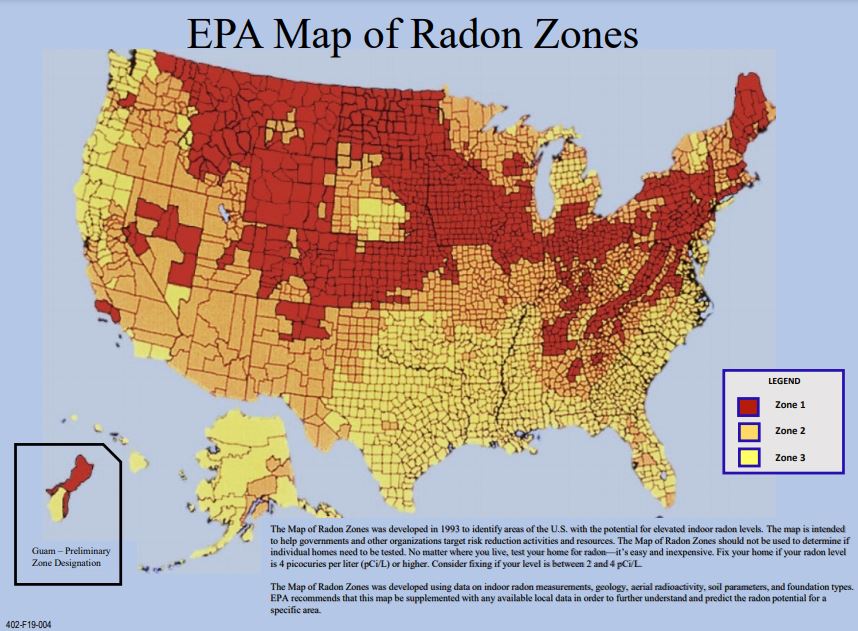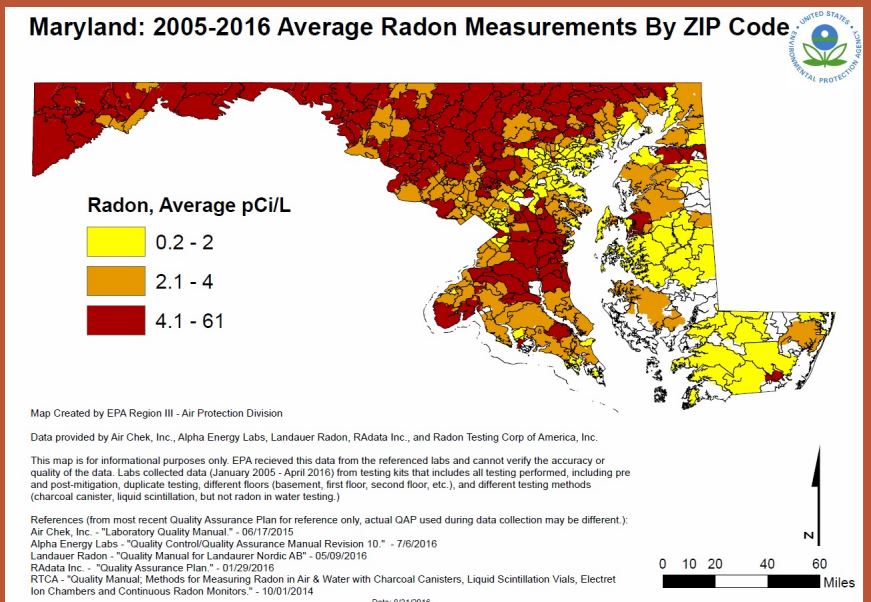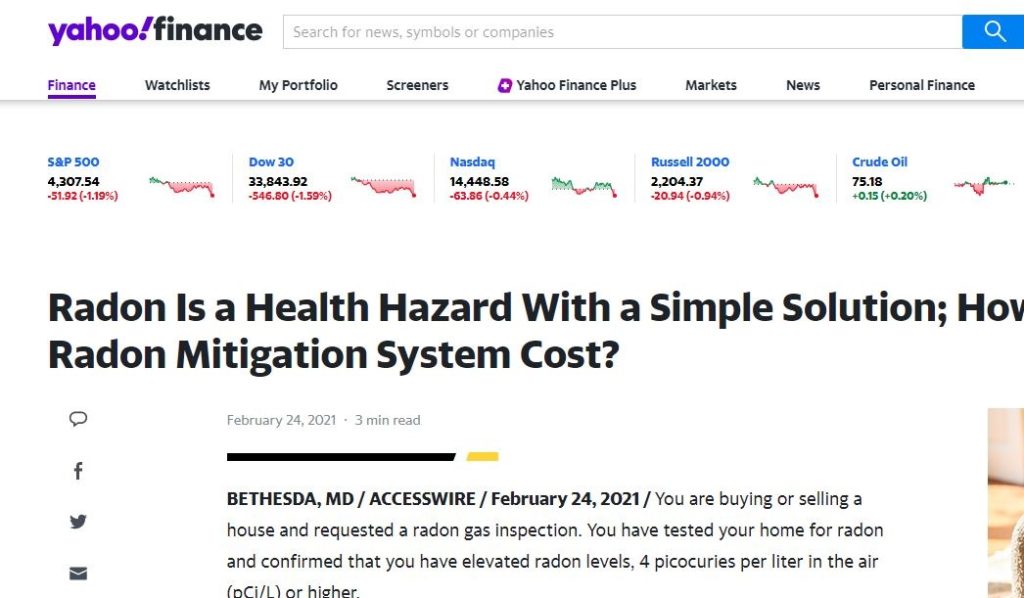Installing Radon Mitigation System Sump Pump
- Written by: Kate Holder
- Category: Uncategorized
- Published: November 11, 2021
3 Designs of Sump covers for radon mitigation system

Suction Drawn on Capped Sump
The other common method for drawing suction on the drain tiles is to insert the suction pipe through the air-tight over over the sump. When suction is drawn directly on the sump in this manner, it is increasingly important that the sump cover remain largely air-tight; leaks in the cover could result in substantial short-circuiting of house air into the system, reducing system performance.
- Tip #1 . Select a cover: pre-fabricated or DIY. Pic A. Take a sheet of hard plastic or Lucite, Plexiglass or even sheet metal. Its recommended that the covers be strong enough to support the weight of a person without breaking. Picture B and C represent pre-fabricated sump pump covers. They are made from molded polyurethane, polypropylene, ABS, or 1/4 to 1/2 tick clear plastic or Lucite.
- Tip #2. Where suction is to be drawn at the sump, the sump covers must have at least two to three penetrations: one (about 4.5 in. diameter) for the suction pipe; one (1 to 2 in. diameter) for the water discharge line from the sump pump; and one for the electrical connection to the sump pump. Sometimes the pump discharge line and the electrical connection pass through a single hole, reducing the number of holes from three to two.
- Tip #3. Another opening would be required for a waterless trap ( Pic. A and B) if water is expected from on top of the slab. Additional openings would be required if specific drain lines (such as an air conditioner condensate drain) were to be installed through the cover. Such additional openings should be minimized, to avoid complications with maintaining the cover’s seal over time .
All of these penetrations must be effectively sealed when the cover is installed.











